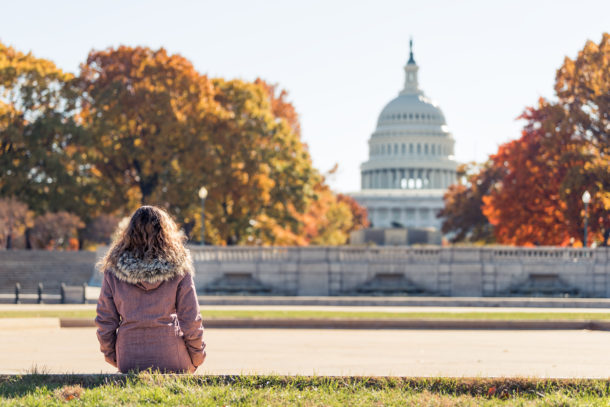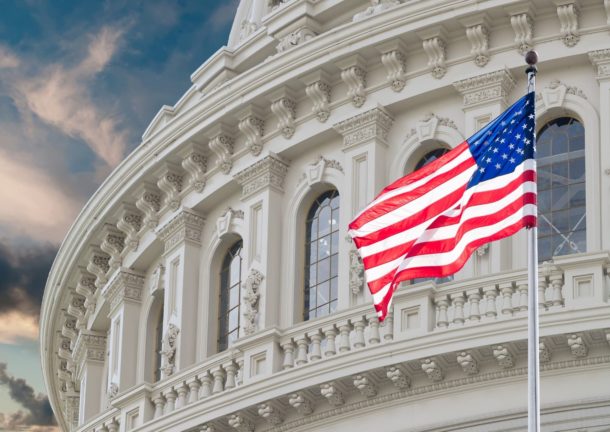
It’s no wonder that Washington, D.C. attracts millions of visitors each year. Washington provides an interesting and insightful experience for tourists of all ages with its majestic monuments, impressive museums, and fine restaurants. If you want to go to Washington, you need to start planning.
Follow these steps to help you make the most out of your trip to DC:
1. Determine The Best Time To Visit
Washington DC, like any other tourist attraction, has more visitors at certain seasons of the year. While many people want to view the cherry blossoms in the spring, this time of year is noted for larger crowds and higher travel expenses.
Those looking for a low-cost trip to Washington, DC will do better in the fall. Visitors may have already returned to school or work in late September or early October, and there are fewer activities in the city. In addition, because all of the local universities and colleges are back in operation, hotel costs are often lower.
2. Determine How You Want To Get There
There are three ways to get to DC—air, rail, and land. Washington Dulles International Airport, Ronald Reagan National Airport, and Baltimore International Airport are the three main airports serving DC. They all have a variety of domestic and international flights.
If you prefer to go by train, Amtrak offers daily service from neighboring states. The Amtrak station in DC is at the heart of the most popular lines. It provides quick access to the busy states of the Northeast as well as the Southern states.
Another way to get to DC is to commute by bus. Like trains, there are many bus routes that’ll take you interstate to DC. For example, if you’re from the Northeast, you can take the New York City to Washington DC bus.
If you’re not comfortable with all the ways mentioned above, you can go ahead and bring your car (or rent one) to DC. It may take more time, but you can always enjoy the scenic views on the way.
Depending on the season, airfares, train fares, or bus fares may be costly. However, if you come during the off-season, you’ll benefit from lower transportation rates on flights and trains into Washington DC.
Being flexible with your travel schedule is also another simple method to save money on transportation. Flights and rail travel, for example, would most likely be far more expensive on weekends than during the week. Look for flights that leave and arrive during low periods of the day as well.

3. Thoroughly Plan Your Itinerary
Regardless of whether your visit lasts a few days or several weeks, you should plan an itinerary to ensure you see everything on your must-do list. Make a list of places you want to see such as the White House or the American History Museum. Schedule each attraction to a single day of your vacation, and check each attraction’s website to confirm whether it’ll be operating on that day.
To reduce commute time, sort attractions based on their proximity. For example, you may visit both the Capitol Building and the National Gallery of Art on the same day because they’re within walking distance.
4. Commute
If you don’t have a car, getting around DC will be easy as pie. The clean, comfortable, and fast Washington Metropolitan Area Transit Authority (WMATA) public transit system is the ideal means to get around DC. The majority of visitors and locals use a combination of Metro trains, buses, and walking to travel around.
The Metro runs until midnight every day and stops at the majority of the major tourist destinations. The fare depends on the time of day and the distance traveled. The buses, which are part of the WMATA public transit system, travel extensively across the District, as well as the states of Maryland and Virginia. Between six in the morning and ten in the evening, the DC Circulator buses operate every 10 minutes.
5. Reserve Ahead Of Time
Make reservations for attractions you wish to visit ahead of time. Because tourists visit Washington all year, certain attractions will reach capacity fast. If you wish to secure a tour at the White House or Capitol, reserve your tickets at least one month ahead. If you want to dine at famous restaurants, make sure to reserve beforehand as well. It’s always a good idea to have your reservations in place before your trip, whether for work or pleasure, because it saves you from a lot of trouble and hassle.
6. Stay In Budget-Friendly Hotels
Everyone who constantly travels to different cities and countries knows how pricey hotels can be. Fortunately, DC has wonderful hotels and rooms at reasonable prices. Since you’ll be touring around the city the whole day, staying in low-cost hotels is reasonable. When reserving a room at your hotel, remember to inquire about any discounts, packages, or offers that the hotel may be offering. In this way, you can enjoy your stay and save more.